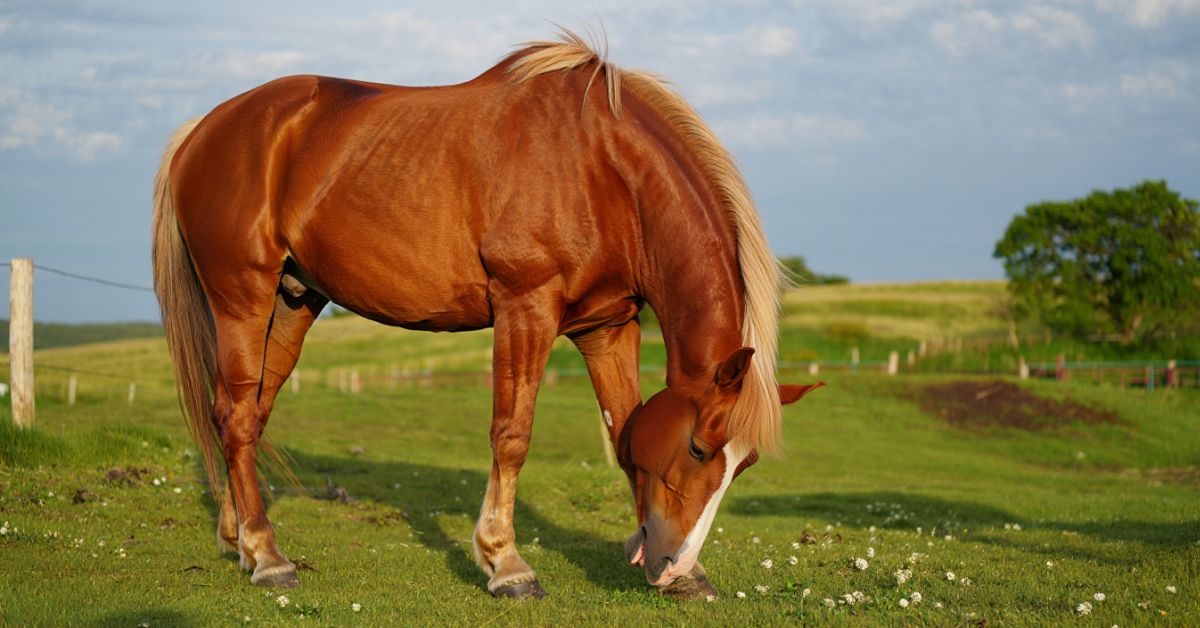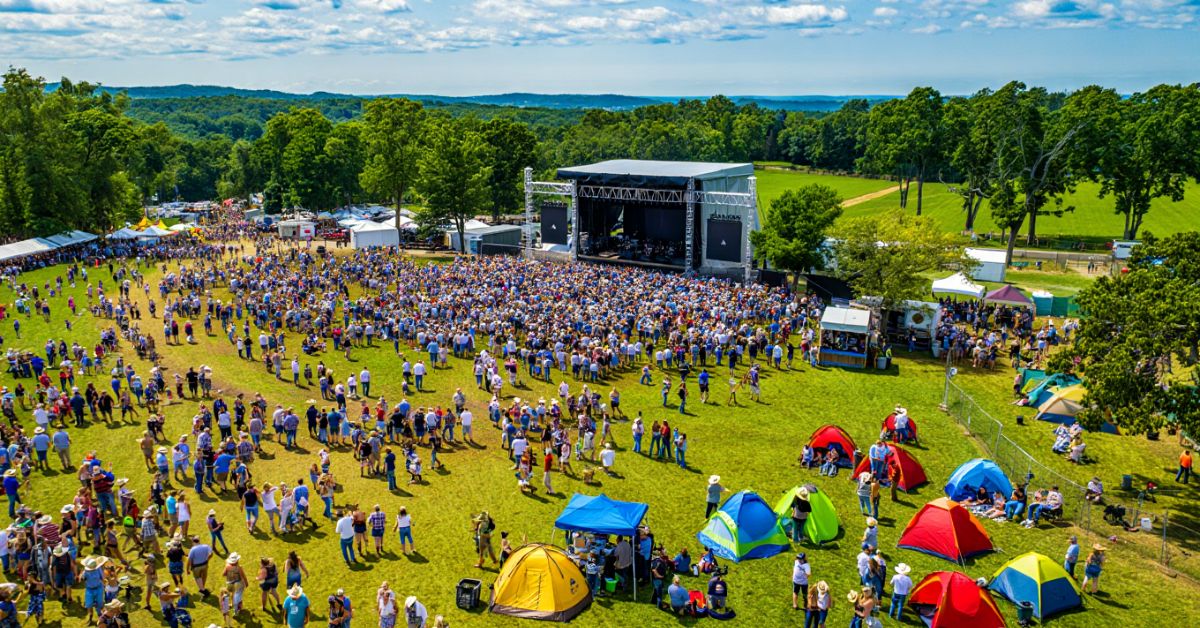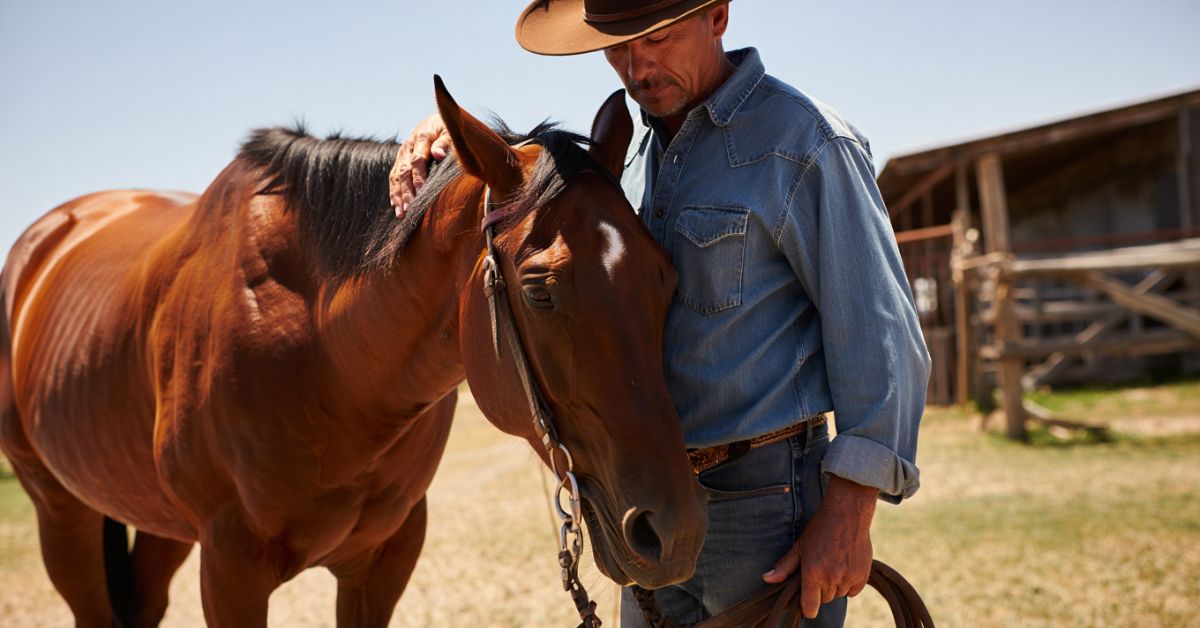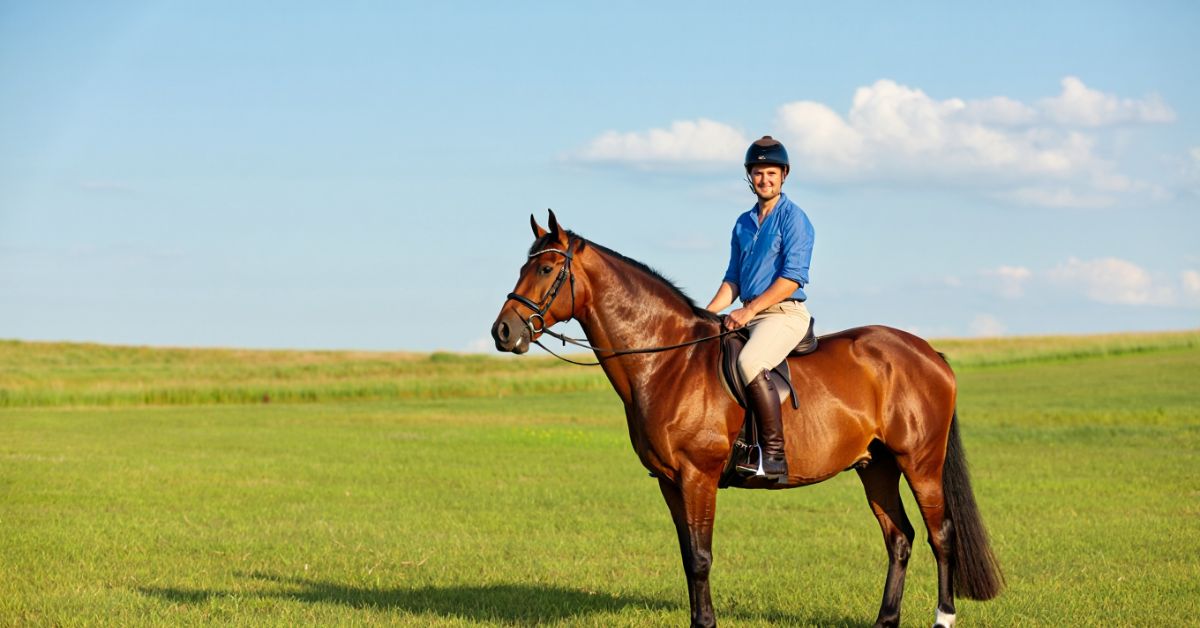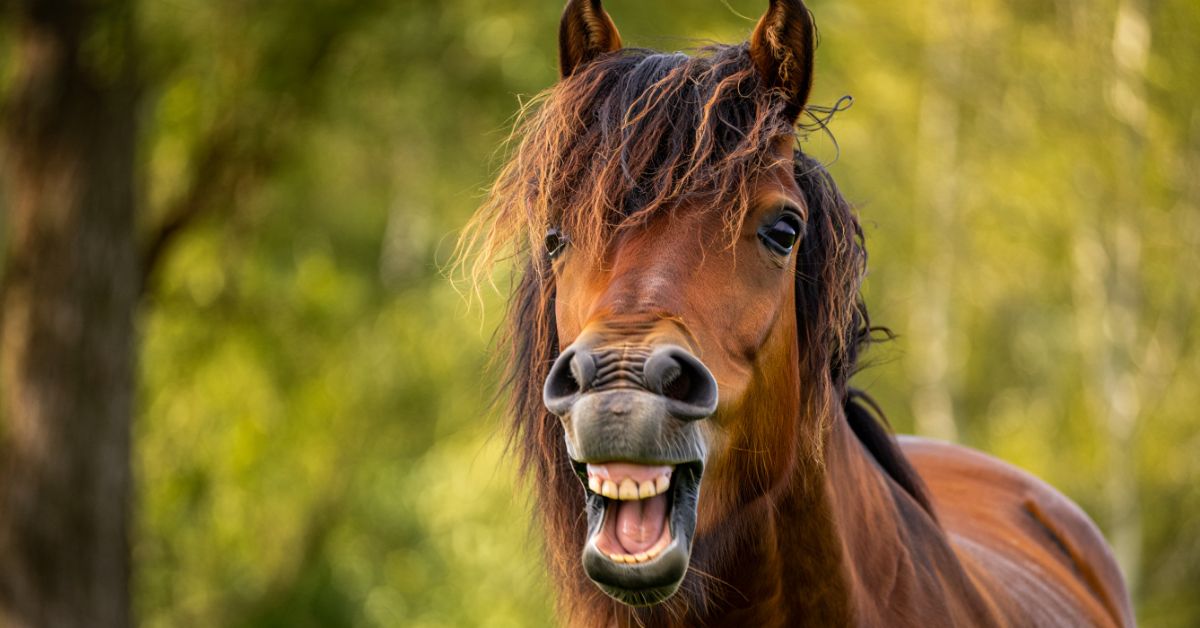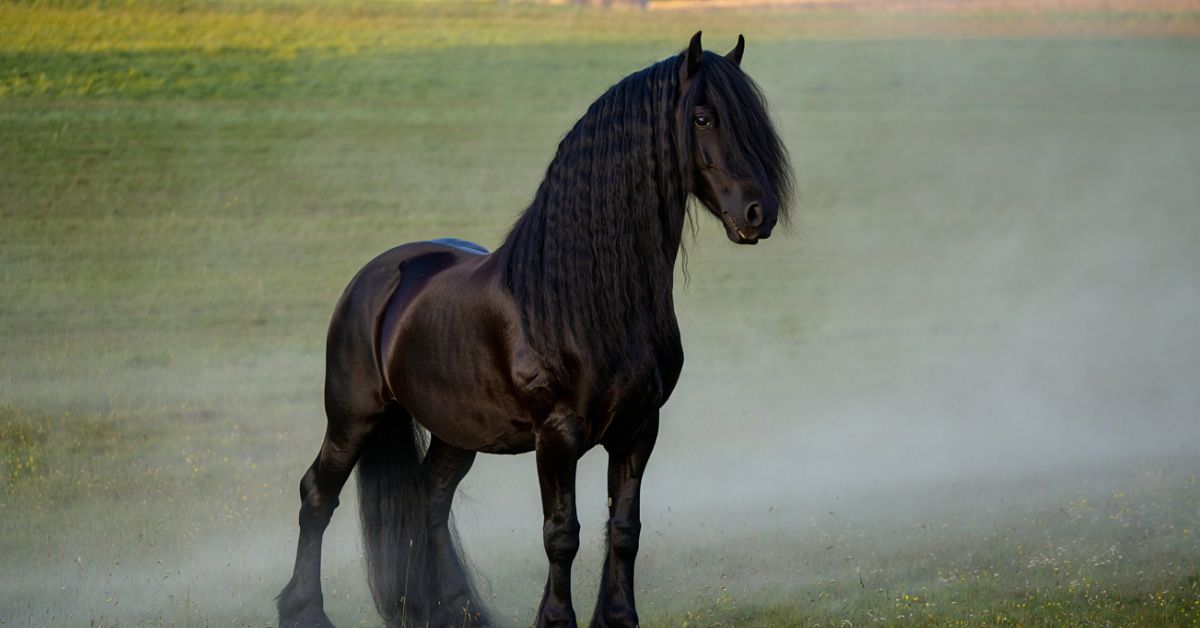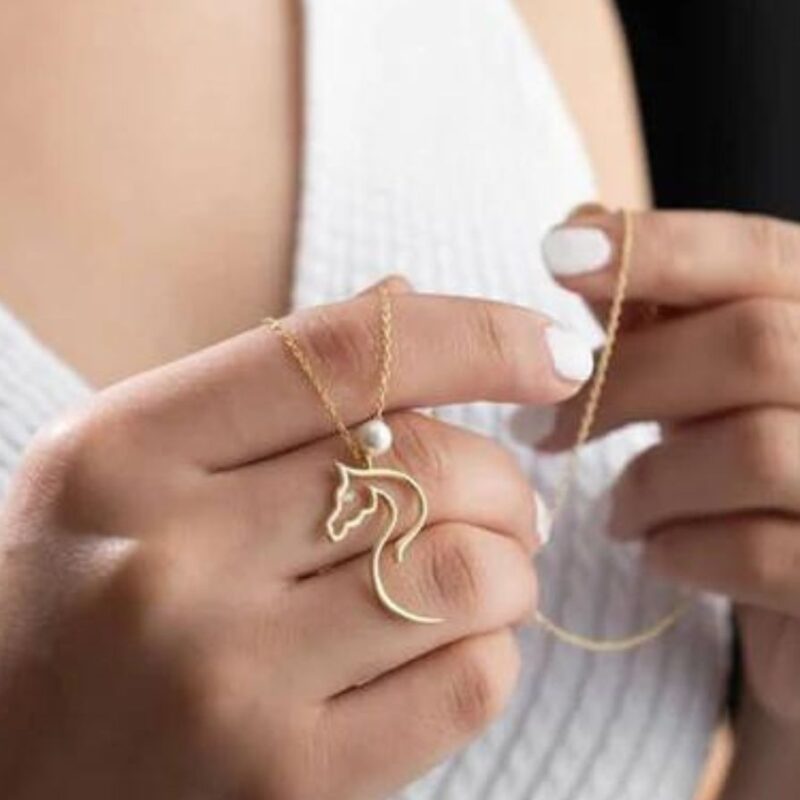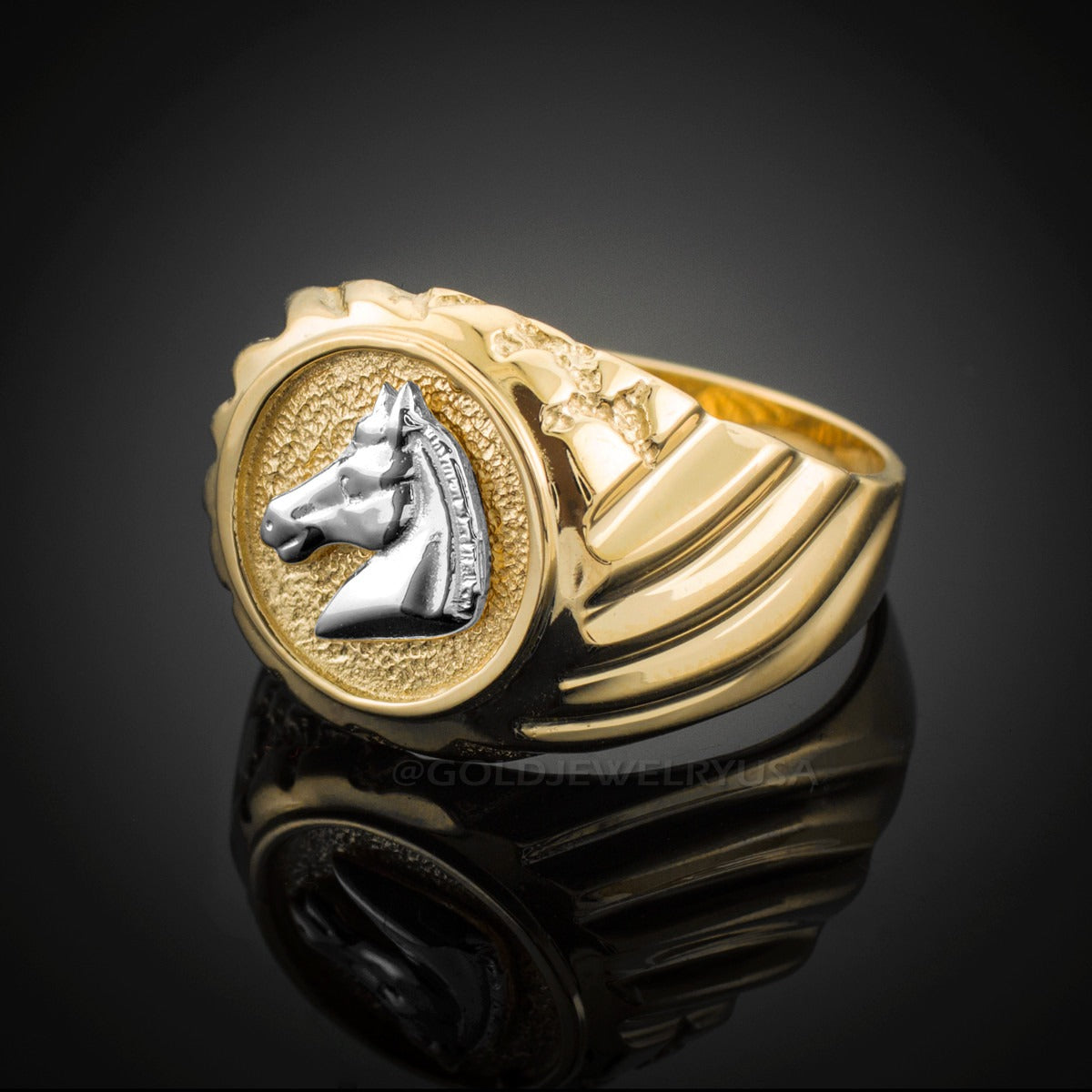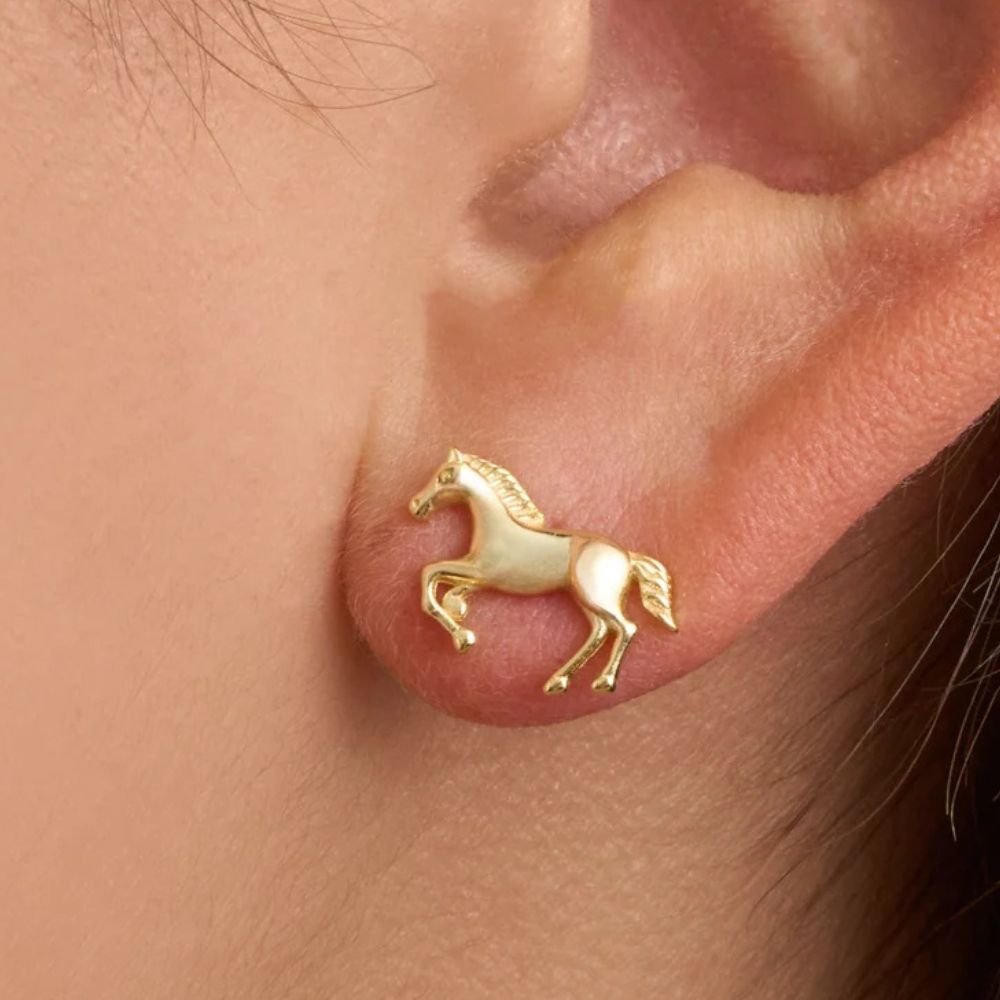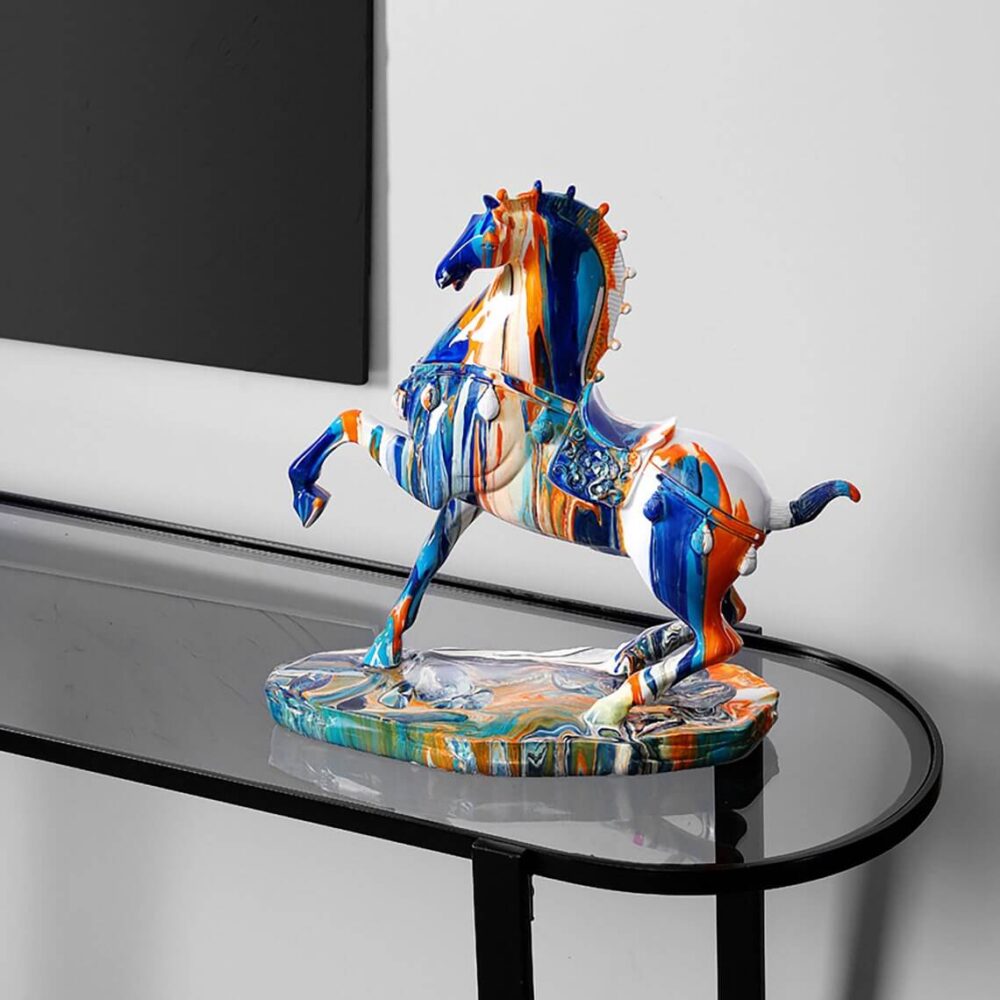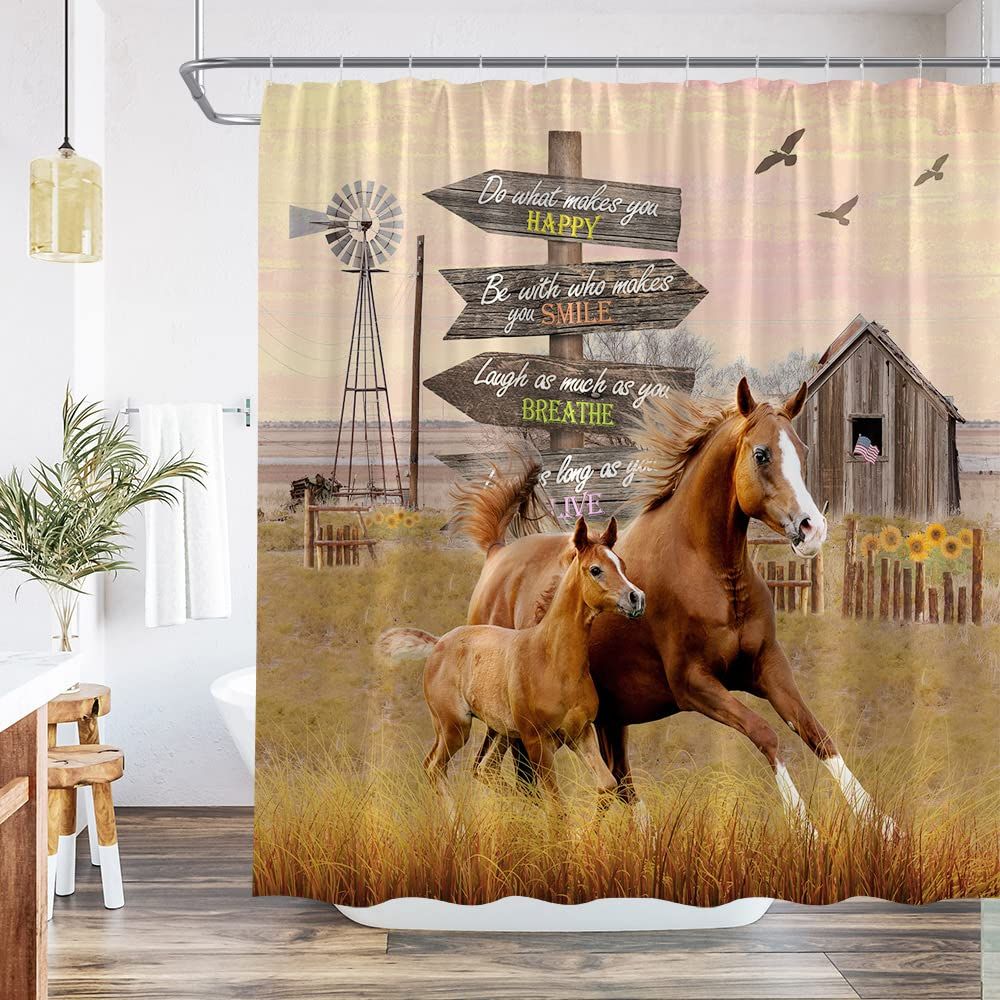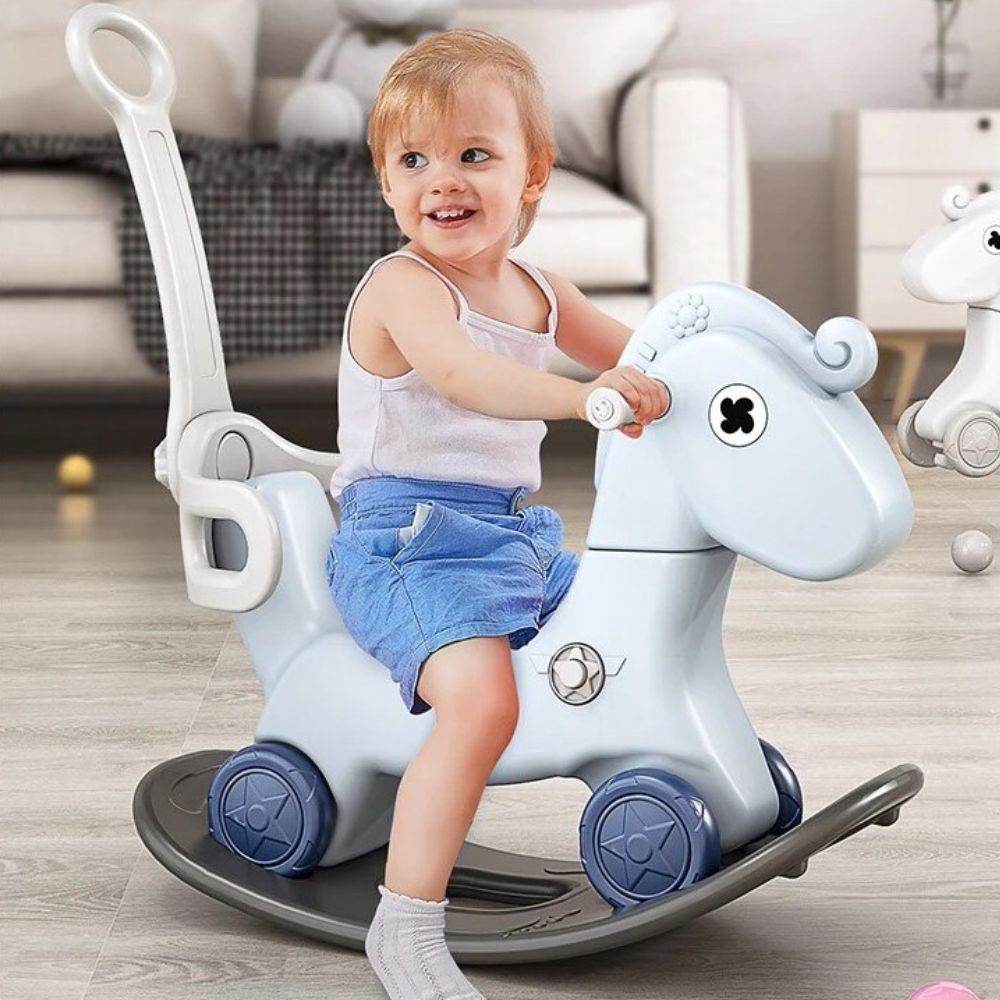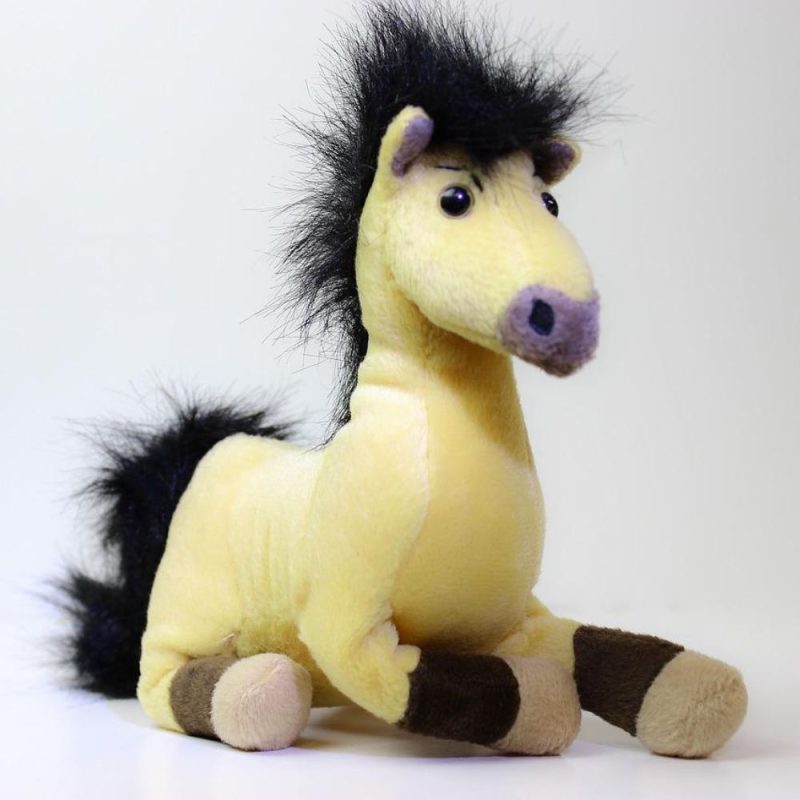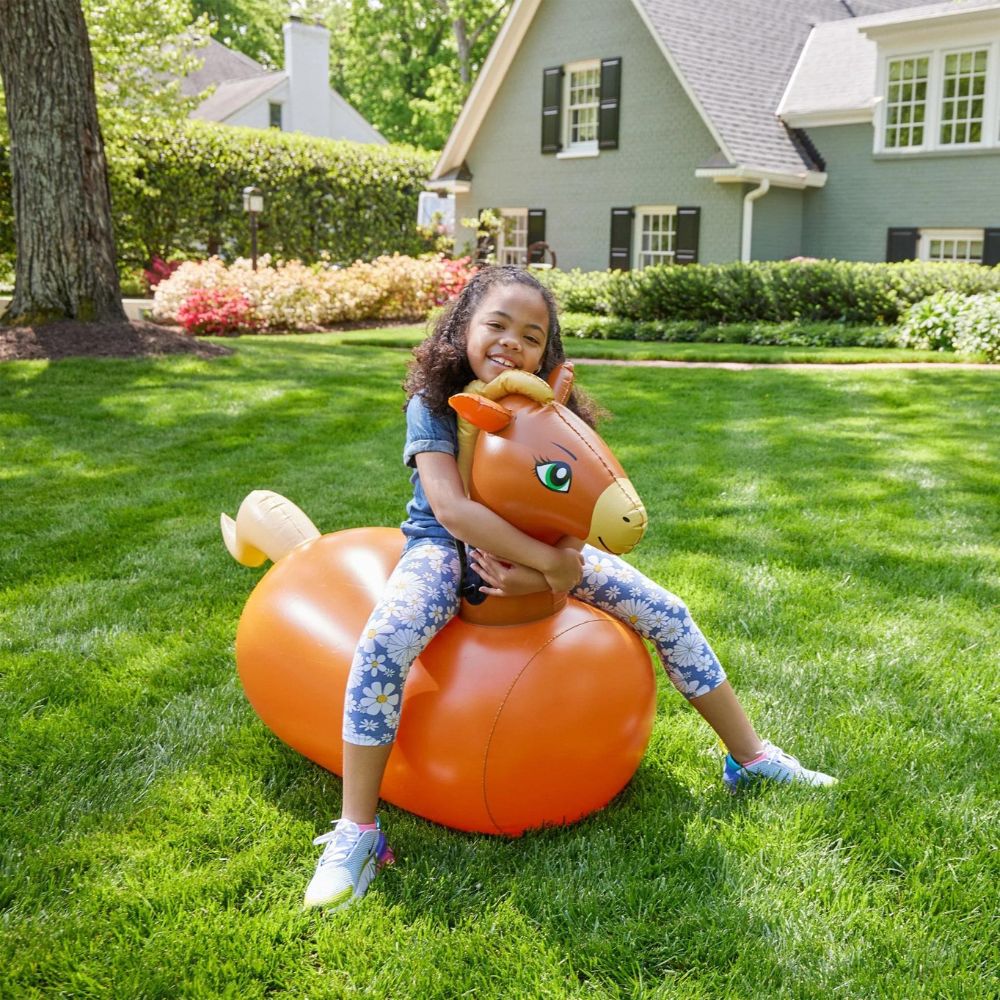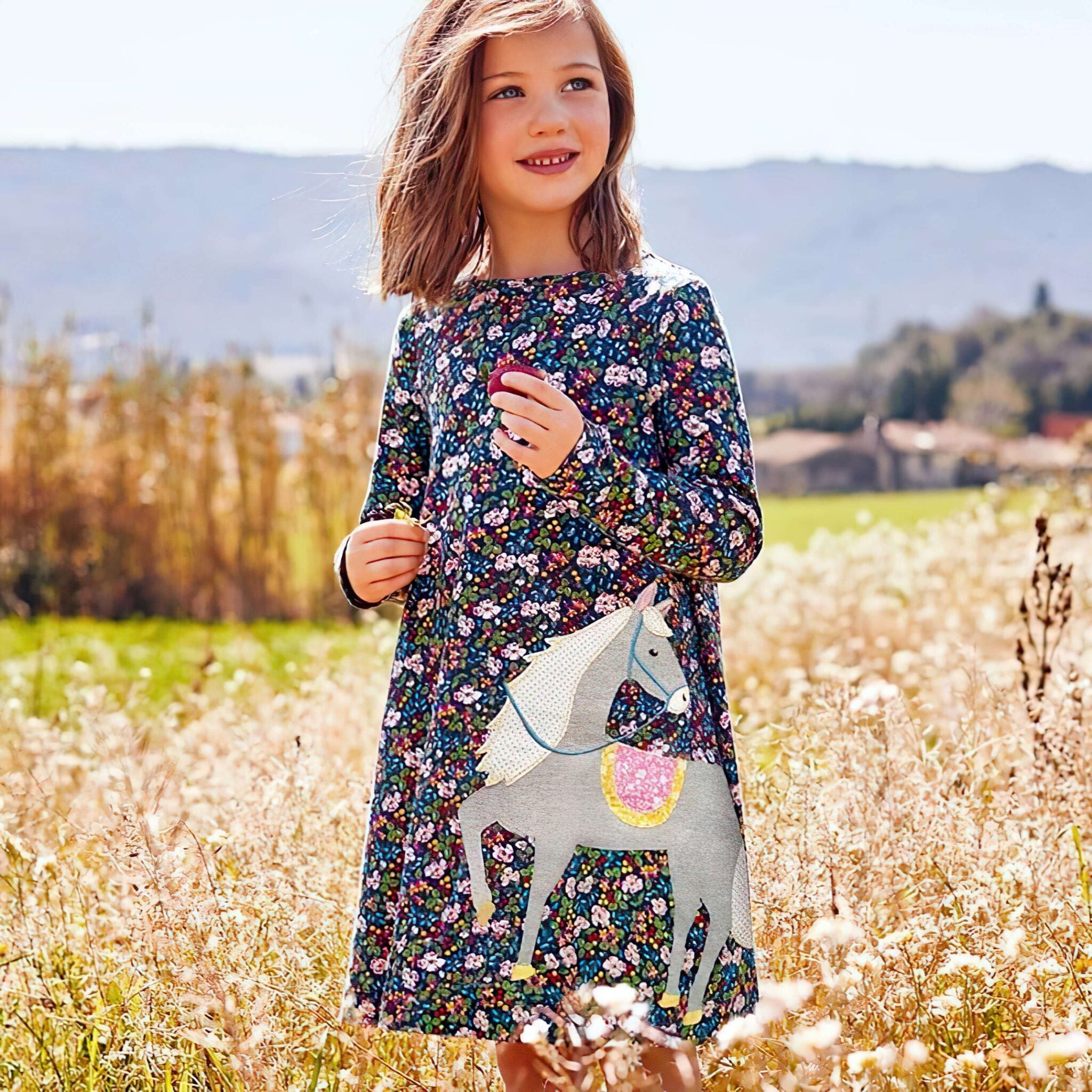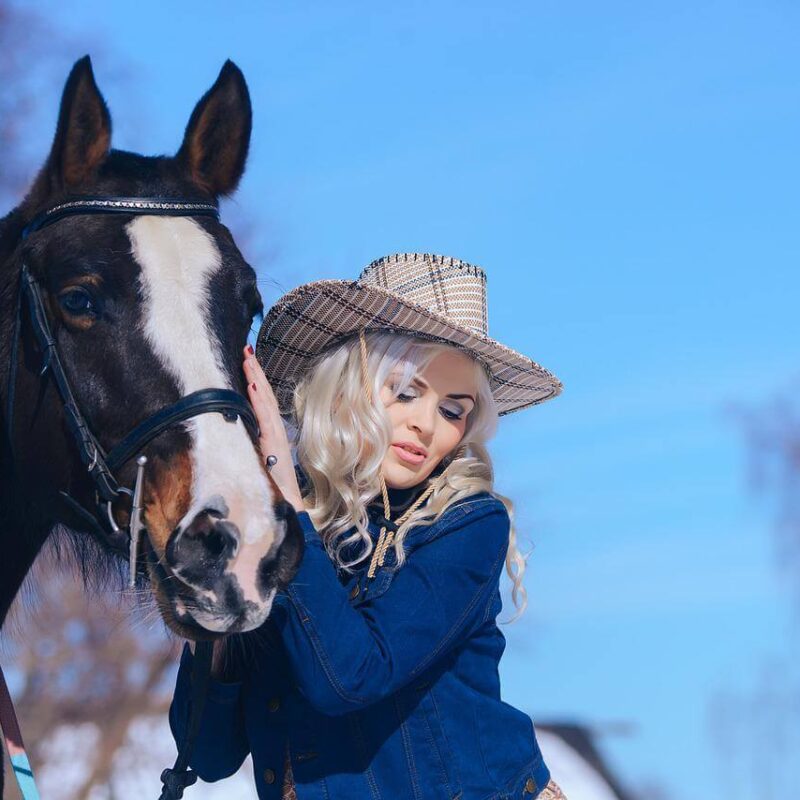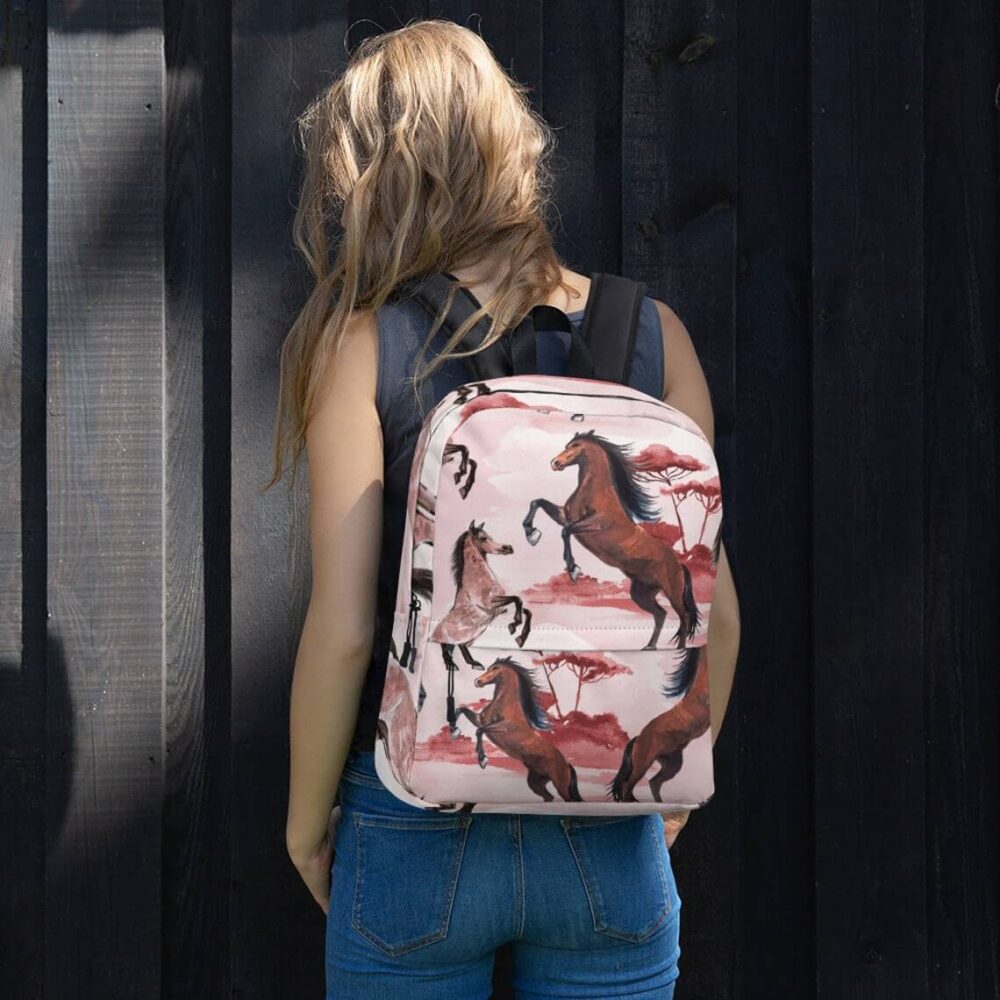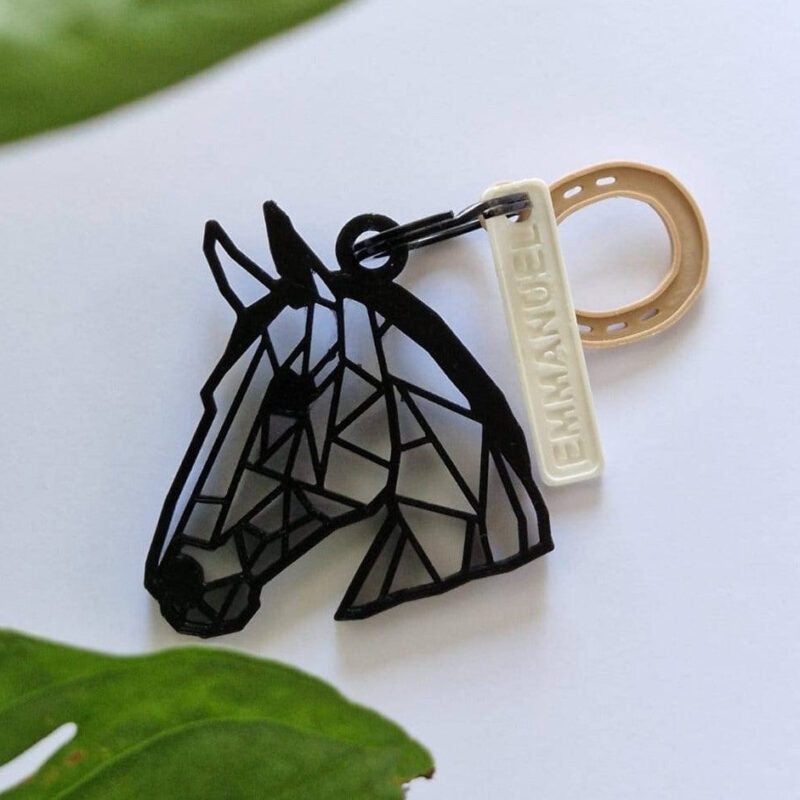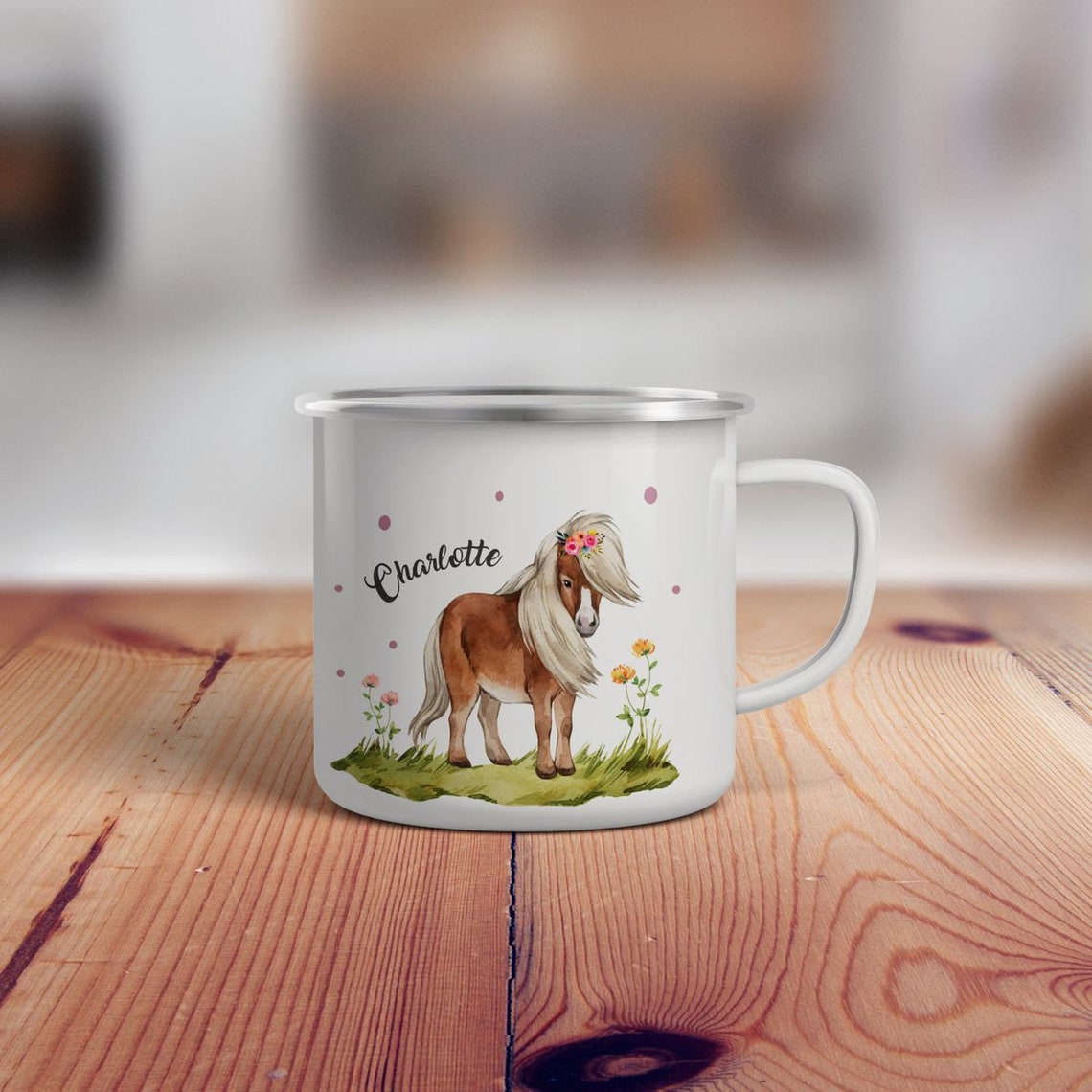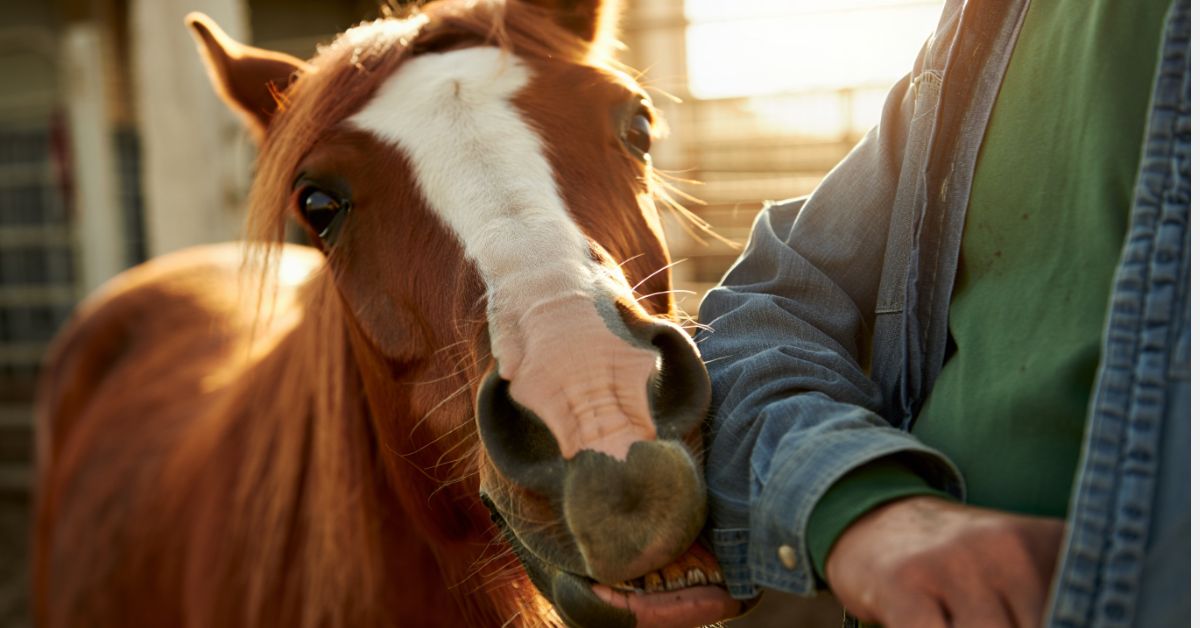
Why Do Horses Bite? Understanding Equine Behavior and Prevention Tips
Why do horses bite? This question concerns every horse lover, whether you're a seasoned rider or just starting your equestrian journey. Horses bite for multiple reasons including pain response, establishing social hierarchy, food aggression, fear aggression, and even playful teasing behavior. Understanding these biting causes is crucial for your safety and your horse's wellbeing. Some bites stem from medical conditions like dental problems or gastric ulcers, while others result from poor management, insufficient turnout time, or lack of socialization. Defensive biting differs significantly from offensive biting, and recognizing these patterns helps you address the root cause. Throughout this guide, we'll explore the science behind equine behavior, share practical handling techniques, and help you create a safer environment for everyone involved. 🐴
Chapter 1: The Nature of Horse Aggression – Understanding Why Horses Bite
The Biology Behind Biting Behavior
Horses evolved as prey animals, and their equine communication system is far more complex than most people realize. When we ask why do horses bite, we're really asking about thousands of years of survival instincts playing out in domestic settings. In the wild, herd dynamics dictate everything from feeding order to mating rights, and biting serves as a crucial tool for establishing boundaries.
Research from the University of Kentucky's Department of Animal Sciences in 2023 revealed that approximately 73% of horse aggression incidents stem from misunderstood communication rather than genuine malice. Think of it this way: if someone kept invading your personal space without reading your "back off" signals, you'd eventually push back more forcefully, right? Horses do the same thing, but their "push back" involves teeth.
Defensive vs. Offensive Biting
Defensive biting happens when a horse feels threatened or trapped. This type of equine behavior is reactive – your horse is saying, "I've warned you, and you didn't listen!" You'll often see pinned ears, a swishing tail, and tense body language before a defensive bite occurs. According to equine behaviorist Dr. Sue McDonnell, "A defensive bite is a horse's last resort, not their first choice."
Offensive biting, on the other hand, is proactive. This occurs during dominance displays within the social hierarchy or when a horse is actively asserting control. A stallion nipping at other horses to move them away from a mare, or a lead mare biting to maintain her position exemplifies offensive biting. In 2022, researchers at the Equine Research Centre found that horses displaying offensive biting patterns often lacked proper socialization during their formative years.
Medical Conditions That Trigger Biting
Here's something many horse owners overlook: pain response is one of the primary reasons why do horses bite. Your normally sweet-tempered gelding who suddenly starts snapping when you saddle him isn't being difficult – he's hurting.
Dental problems top the list of medical triggers. Horses with sharp points, hooks, or abscesses experience significant discomfort when eating or wearing a bit. A study published in the Journal of Veterinary Behavior in January 2024 found that 68% of horses exhibiting sudden biting behavior had underlying dental issues requiring veterinary attention.
Gastric ulcers affect up to 90% of performance horses and 60% of pleasure horses, according to recent veterinary assessment data. The constant burning sensation makes horses irritable and defensive about their abdomen area. If your horse bites when you groom their girth area or tighten the cinch, schedule a veterinary assessment immediately.
When you shop our Gift for Horse Lovers collection at Dream Horse, you're not just buying jewelry – you're celebrating the deep understanding between horse and rider that comes from truly knowing these magnificent animals.
Chapter 2: Environmental and Management Factors
The Impact of Boredom and Stress
Imagine being locked in a 12x12 foot room for 23 hours a day with nothing to do. You'd probably develop some quirky behaviors too, right? This is exactly what happens with insufficient turnout time and equine enrichment. Boredom in horses manifests as stable vices and stereotypical behaviors, with biting being a common outlet for pent-up frustration.
The concept of environmental stress extends beyond just confinement. Changes in routine, nearby construction, new barn mates, or even weather shifts can trigger anxiety-driven biting. Research from Colorado State University's Equine Sciences Program in 2023 demonstrated that horses with less than 4 hours daily turnout showed 3.5 times more aggressive behavior than those with adequate pasture access.
Poor Management Practices
Why do horses bite in well-funded facilities with experienced staff? Sometimes, the answer lies in subtle management mistakes. Stall aggression often develops when horses are fed irregularly or when food delivery creates competition anxiety. If your horse lunges at the stall door during feeding time, you're witnessing food aggression rooted in resource guarding instincts.
Stall rest presents another challenge. Horses prescribed extended confinement following injury experience increased anxiety in horses, leading to defensive biting when handlers attempt basic care. A 2024 study in Equine Veterinary Education found that horses on stall rest for more than three weeks showed significantly elevated stress hormones and corresponding behavioral changes.
Hormonal Influences
Hormonal fluctuations affect equine behavior more than many riders realize. Mares in estrus may become more irritable and prone to biting, especially around their hindquarters. Stallions experience testosterone surges that can trigger dominance displays and offensive biting during breeding season or when detecting mares in heat nearby.
Young horses going through puberty – typically between 18 months and 3 years – often test boundaries through nipping and biting. This learned behavior must be addressed immediately, or it becomes ingrained.
Chapter 3: Social Dynamics and Natural Horse Behavior
Understanding why do horses bite requires examining their natural social structure. In free-roaming herds, herd dynamics are maintained through a complex system of body language, vocal communications, and yes, strategic nipping and biting.
Social Hierarchy and Dominance
The social hierarchy in horse herds isn't about aggression – it's about organization and survival efficiency. The lead mare (not the stallion, surprisingly!) makes decisions about movement, grazing locations, and water sources. She maintains order through dominance displays that occasionally include biting subordinate herd members.
When you bring horses into domestic settings, these instincts don't disappear. Your gelding who bites at other horses over the fence isn't being mean – he's practicing natural herd dynamics. Problems arise when horses lack proper socialization to learn appropriate boundaries.
Dr. Katherine Houpt, Professor Emeritus at Cornell University College of Veterinary Medicine, explains: "Horses learn bite inhibition from their mothers and herd mates. A foal that didn't receive proper correction becomes an adult who doesn't understand when they're biting too hard."
Mare-Foal Interactions and Play Biting
Mare-foal interaction teaches crucial life lessons. Watch a mare with her foal, and you'll see nursing behavior occasionally accompanied by gentle nips when the foal gets too rough or nurses too long. This natural correction helps foals develop bite inhibition.
Play biting among young horses looks alarming but serves an important developmental purpose. Foals and yearlings engage in mock battles, rearing, striking, and nipping to develop coordination and learn social boundaries. The key difference? Play biting involves loose body language, relaxed facial expressions, and immediate disengagement if things get too intense.
Problems emerge when young horses don't receive adequate socialization opportunities. A weaning raised in isolation might not understand that his playful nips hurt humans. He learned this behavior was acceptable during teasing behavior with other horses but never learned to modify it for human interaction.
The Lack of Socialization Problem
Lack of socialization creates horses who struggle with equine communication basics. These horses might miss subtle cues from handlers or other horses, leading to escalated responses including biting. A 2023 survey of 500 equine facilities revealed that horses introduced to herd turnout before age 2 showed 60% fewer aggressive behavior incidents than those kept isolated.
Express your style as a dedicated equestrian with our stunning Gift for Horse Lovers collection, featuring handcrafted jewelry that celebrates the unbreakable bond between horse and rider.
Chapter 4: Training Issues and Handling Techniques That Prevent Biting
Recognizing Training Problems
Training issues often masquerade as personality problems. That "aggressive" horse might simply be responding to inconsistent cues, negative reinforcement applied incorrectly, or punishment-based methods that created fear aggression. When examining why do horses bite in training contexts, we must honestly assess our own role in creating or perpetuating the behavior.
Consider this analogy: if your computer keeps crashing, you don't blame the computer – you look for software bugs or hardware issues. Apply the same logic to equine behavior. When a horse consistently bites during tacking, mounting, or specific exercises, that's a learned behavior your training approach inadvertently reinforced.
A study from the University of Pennsylvania School of Veterinary Medicine in early 2024 found that 82% of horses exhibiting biting causes during training had experienced inconsistent boundary-setting from multiple handlers. Each person allowed different behaviors, confusing the horse about acceptable conduct.
Effective Behavior Modification Strategies
Behavior modification for biting requires patience, consistency, and understanding the difference between correction and punishment. Positive reinforcement creates lasting change by rewarding desired behaviors rather than simply punishing unwanted ones.
Here's what actually works:
Immediate Response: Address biting attempts instantly. A firm "No!" combined with stepping into the horse's space (making yourself bigger) sends a clear message. This mimics how dominant horses correct subordinates in herd dynamics.
Consistent Boundaries: Every person interacting with your horse must enforce identical rules. If one handler allows nuzzling that becomes nipping while another doesn't, you're teaching the horse that boundaries are negotiable.
Understanding Body Language: Learn to read pre-bite signals – pinned ears, tensed muzzle, fixed stare, or rapid head movements. Interrupt these warning signs before they escalate into actual biting.
Environmental Management: Reduce environmental stress by maintaining predictable routines, ensuring adequate turnout time, and providing equine enrichment through varied activities, toys, or pasture companions.
Specialized Training for Problem Biters
Some horses require professional intervention. Muzzle training using basket muzzles can temporarily prevent biting while you implement behavior modification strategies. However, muzzles address symptoms, not causes. You must simultaneously work on the underlying biting causes.
For horses exhibiting stall aggression or food aggression, work with an equine behaviorist to restructure feeding protocols. Sometimes, simple changes like feeding from floor-level tubs instead of wall-mounted buckets, or adjusting feeding schedules, dramatically reduce aggressive behavior.
Handling techniques for chronic biters should emphasize safety. Carry a crop or stick not for hitting, but as a space-definer. When the horse's head snakes toward you, use the tool to maintain your personal space bubble. This teaches spatial respect without physical confrontation.
Chapter 5: Prevention Strategies and Creating Safe Interactions
The Role of Proper Management
Preventing why do horses bite situations starts with comprehensive management addressing physical, mental, and social needs. Think of it as creating an environment where biting simply isn't necessary for communication or stress relief.
Adequate Turnout: Horses need minimum 12 hours daily turnout with compatible companions. This reduces boredom in horses, provides natural socialization, and allows expression of normal herd dynamics. The decrease in stereotypical behaviors and stable vices following increased turnout is well-documented across multiple 2023 research studies.
Regular Veterinary Care: Schedule veterinary assessment every 6 months, with dental problems checks twice yearly. Many horses who bite during grooming, saddling, or riding have underlying medical conditions causing pain response. Addressing gastric ulcers through medication and dietary management often resolves associated biting behaviors within weeks.
Mental Stimulation: Equine enrichment prevents boredom in horses that manifests as biting. Provide varied activities like trail riding, ground work exercises, obstacle courses, or even horse-safe toys. Research from 2024 shows horses with enriched environments display 70% fewer unwanted behaviors including biting.
Understanding Individual Temperament
Not all horses are created equal. Some breeds and individual horses naturally possess more assertive temperaments requiring adjusted handling techniques. That doesn't make them bad horses – it makes them horses with specific needs.
Recognize that anxiety in horses manifests differently across individuals. One horse becomes spooky and flighty; another becomes aggressive and bitey. Fear aggression requires different approaches than dominance displays or play biting. Tailor your response to the specific equine behavior your horse exhibits.
Building Trust and Communication
The ultimate prevention strategy? Develop crystal-clear equine communication with your horse. They should understand your boundaries, and you should recognize their warning signals before they escalate to biting.
Groundwork exercises strengthen this communication. Lunging, liberty work, and obstacle navigation teach horses to respect your space while building confidence in your leadership. When horses trust their handlers to make good decisions, they're less likely to resort to defensive biting or offensive biting to assert control.
Assert your individuality with our exclusive equestrian-inspired accessories from Dream Horse. Our Gift for Horse Lovers collection features unique pieces that let fellow riders know you're part of an exclusive community that truly understands these magnificent animals. 💝
Safety First Approach
Never compromise safety while working on biting issues. Some practical guidelines:
-
Always tie horses at appropriate height using quick-release knots
-
Position yourself at the horse's shoulder, never directly in front where bites land easily
-
Wear protective gear including helmets during retraining sessions
-
Have experienced handlers present when working with aggressive horses
-
Know when professional intervention is necessary
Statistics from the American Association of Equine Practitioners indicate that proper handling techniques reduce bite-related injuries by approximately 85%. Most incidents occur when handlers ignore warning signs or place themselves in vulnerable positions.
Frequently Asked Questions on Why Horses Bite
Why do horses bite their owners?
Why do horses bite their owners specifically? This often stems from learned behavior where the horse discovered that biting achieves desired results – you back off, feeding happens faster, or uncomfortable grooming stops. It might also indicate pain response to handling, lack of socialization creating poor boundaries, or resource guarding around food, space, or attention. Address this immediately through consistent boundaries and behavior modification techniques.
Is biting a sign of affection in horses?
No, biting is not typically affectionate equine behavior. Horses show affection through mutual grooming, standing close, soft nickers, and relaxed body language. What people sometimes mistake for affectionate nipping is actually play biting or teasing behavior that went uncorrected. While the horse may not intend harm, allowing any biting teaches inappropriate boundaries.
Can aggressive biting be cured?
Yes, most horse aggression involving biting responds to proper behavior modification, management changes, and addressing underlying causes. However, "cure" requires commitment to consistent handling techniques, adequate turnout time, resolution of medical conditions, and sometimes professional training assistance. Horses displaying offensive biting or defensive biting due to anxiety in horses or poor management often improve dramatically within 2-3 months of structured intervention.
What should I do immediately when a horse tries to bite?
React instantly with a firm verbal correction ("No!") while stepping toward the horse (not away) to claim your space. Never hit the horse's face as this creates fear aggression and defensive biting. Instead, redirect their attention to a task like backing up or moving their hindquarters. Consistency is crucial – every attempted bite must receive immediate correction to modify the learned behavior.
Do certain breeds bite more than others?
While equine behavior varies by individual temperament more than breed, some breeds display more assertive personalities requiring experienced handling. However, attributing biting to breed alone ignores the more significant factors: socialization, training, management, and herd dynamics. Any breed can develop biting habits with poor management, and any breed can be sweet-tempered with proper care.
How does herd dynamics affect biting behavior?
Herd dynamics profoundly influence why do horses bite. In natural social hierarchy, horses use nipping and biting to maintain order, claim resources, and establish boundaries. Domestic horses retain these instincts. Those lacking proper socialization or kept in isolation often display inappropriate biting because they never learned natural bite inhibition from herd interaction. Providing adequate turnout with compatible companions typically reduces aggressive behavior significantly.
Understanding why horses bite transforms from mystery to manageable challenge when you recognize the underlying causes. Whether addressing medical conditions, improving handling techniques, providing better equine enrichment, or respecting natural herd dynamics, solutions exist for nearly every biting situation. Your horse isn't trying to be difficult – they're communicating the only way they know how. Listen to what they're saying, address the root causes, and watch the equine behavior transform. 🐴✨
Celebrate your passion for horses with Dream Horse's premium equestrian accessories. Every piece in our collection honors the incredible connection between humans and horses – a bond built on understanding, respect, and love.
